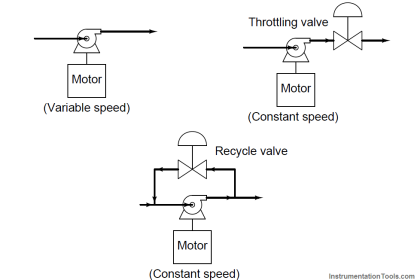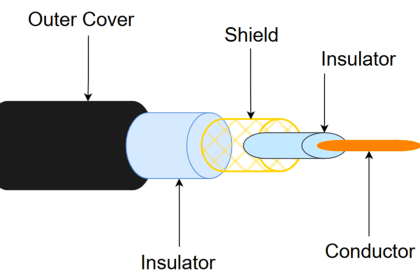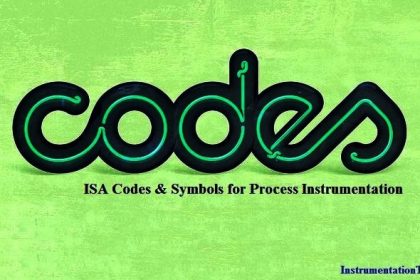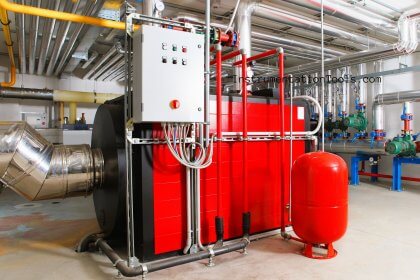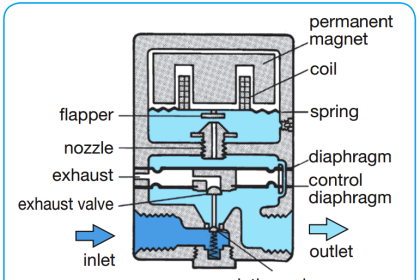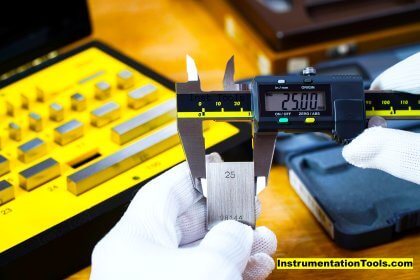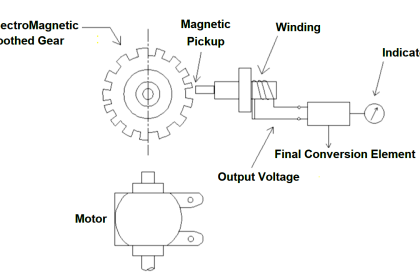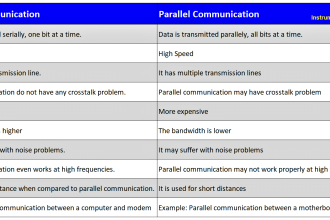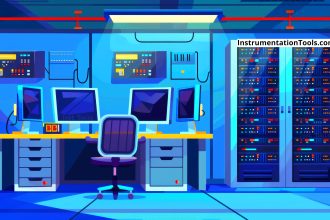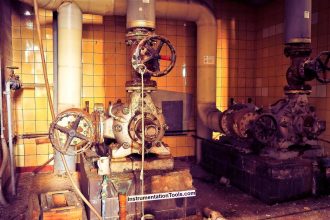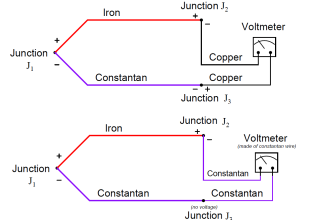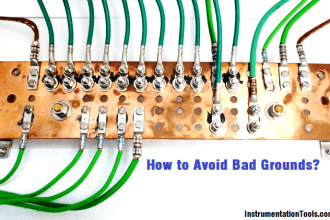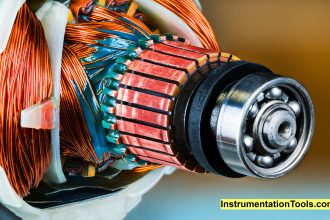We all go to supermarkets to buy groceries and other items. You must have always wondered why there are no normal fans used inside them, but large ducts with cool air coming out of them.
It is indeed an engineering marvel that this concept of HVAC is able to maintain a desired cool temperature, and humidity and also keep exhaust air out of human touch.
All this is possible through proper HVAC design in supermarkets. Because, with such a large number of people present and also to maintain a cool temperature for food items, normal fans and ACs would not be possible to implement this.
The HVAC concept in supermarkets is difficult to understand but is totally reliable and efficient. In this post, we will learn the concept of ventilation (HVAC) used in supermarkets.
Supermarket HVAC
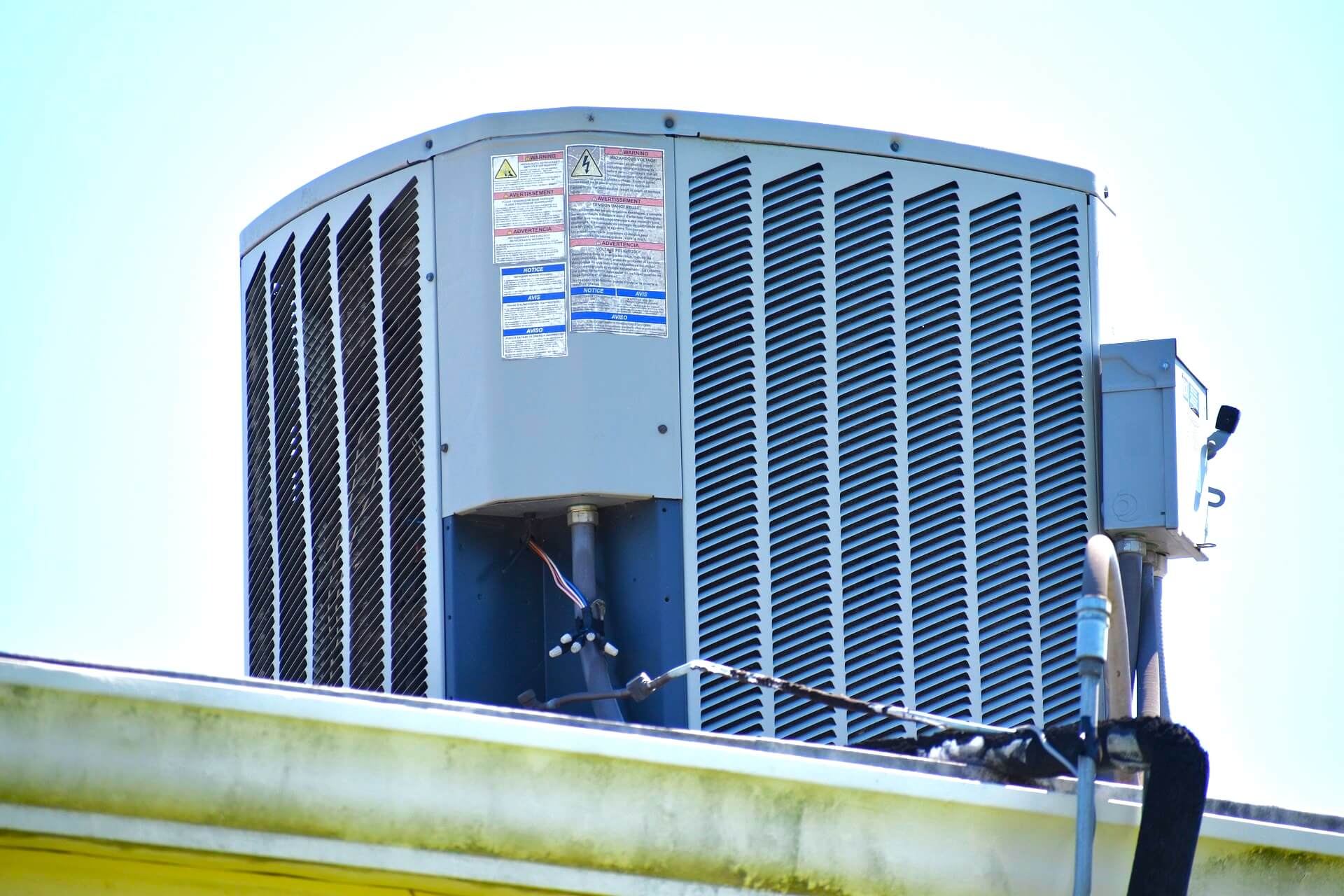
As you know, HVAC stands for heating, ventilation, and air conditioning. First of all, let us understand why such complex engineering HVAC design is required in supermarkets.
When a person comes to buy items in closed indoor supermarkets, he comes more to focus on his items and get a luxurious feeling. But, if he is sweating, not getting cool air, or smelling dumb air around him, then it will reduce his overall shopping experience; as naturally he will start to feel suffocated.
Air Quality Index (AQI) plays a very important role inside supermarkets. Be it food courts, cafes, washrooms, shops, game zones, or multiplexes, the proper surrounding air is a must in presence of such a large amount of people and items. Temperature and humidity must be maintained and less number of pollutants must be present in the air.
With more number of people, humidity starts to increase which causes sweating. When you open or close the main doors in entry and exit, some level of outside air gets accumulated and after a prolonged period of time, it will start to suffocate people inside. So, HVAC design is required to be proper in supermarkets.
Supermarket Ventilation System
Let us have a look at some design standards followed in supermarkets for proper ventilation.
- The first step followed is the installation of AHU’s on the rooftop. They have several duct openings from the supply line which emit cool air wherever required. For cooling temperature, chilled water lines or compressors are used in AHU units. For maintaining humidity, heater elements like heaters, heat pumps, etc. are used in AHU units. When heating is proper, it will soak the moisture present in the air and at the same time, due to proper cooling, cool air will also be provided. The result is a very pleasant mixture of air that will cater to large demands of people and items; a normal fan or AC cannot do this function due to the limited coverage area of these elements. Also, AHU’s have filters to block bad pollutants from passing to the supply line ducts.
- Air is just circulated through AHU’s. So, when the return line takes intake from the areas, some amount of dumb air will always be present. So, exhaust fans and blowers are also installed to eliminate bad air into the outside surrounding.
- Air curtain is also used to create barriers between indoor and outdoor air, as both will be at different temperature and humidity. It is installed in the rooms and gets air from air conditioners, heat pumps, VRF, etc. It also prevents dust and insects from entering the inside.
- Exhaust blowers are always present in washrooms and food pantries to eliminate bad air into the outside surrounding.
- VRF (variable refrigerant flow) system is widely used to cater to different cooling loads inside. Basically, it will vary the refrigerant flow inside compressor units to modulate the desired cool air required in different locations.
- For food storage areas, a refrigeration system with an externally located condenser and compressor to extract the unwanted heat from the food within the store room and dissipate this to the atmosphere.
- The controls mentioned above require the proper use of sensors, actuators, and controllers in the design elements. Without them, such accurate control of the air will not be possible.
- Then the last point comes parking lots. It is outside the supermarket area, but as ventilation to is covered here, we can discuss it for a general overview. Large jet fans and exhaust fans are installed to eliminate CO2 air generated by vehicles and keep the parking area free from pollution.
In this way, we understand the concept of HVAC in supermarkets.
Read Next:
- Types of HVAC Chillers
- HVAC Heat Transfer Loops
- Automation used in HVAC
- HVAC Objective Questions
- Valves in HVAC System
